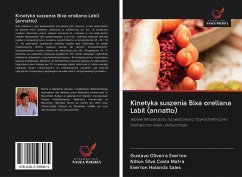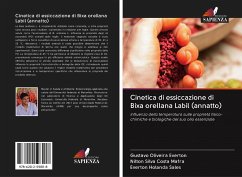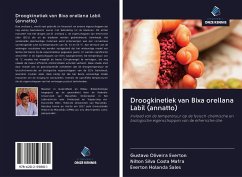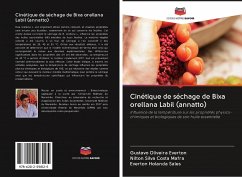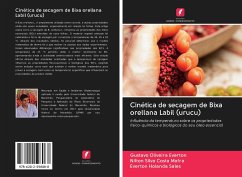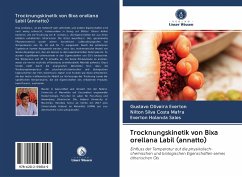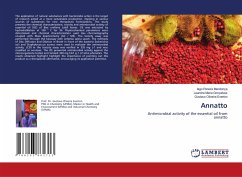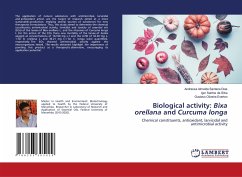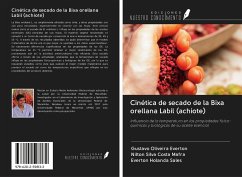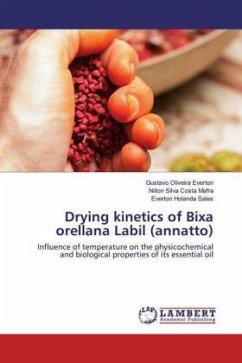
Drying kinetics of Bixa orellana Labil (annatto)
Influence of temperature on the physicochemical and biological properties of its essential oil
Versandkostenfrei!
Versandfertig in 6-10 Tagen
27,99 €
inkl. MwSt.

PAYBACK Punkte
14 °P sammeln!
Bixa orellana L. is widely used as a dye, and other properties are still little studied, especially in relation to leaves. This article evaluates how drying B. orellana L. influences the properties of essential oils (EOs) extracted from their leaves. The collected plant material was submitted to convective air-drying oven at temperatures of 35, 45 and 55 °C. Through the results obtained it was possible to determine that the mathematical model of Verma was the one that best fitted the experimental data. Significant differences in the properties of EO's were observed. The temperature of 45 °C ...
Bixa orellana L. is widely used as a dye, and other properties are still little studied, especially in relation to leaves. This article evaluates how drying B. orellana L. influences the properties of essential oils (EOs) extracted from their leaves. The collected plant material was submitted to convective air-drying oven at temperatures of 35, 45 and 55 °C. Through the results obtained it was possible to determine that the mathematical model of Verma was the one that best fitted the experimental data. Significant differences in the properties of EO's were observed. The temperature of 45 °C allowed obtaining the best EO yield, still presenting the most efficient antimicrobial activity. This study states through the activities analyzed that the drying temperature influences the physicochemical and biological properties of the EO's, thus requiring studies such as this one that evaluate the best mathematical model to predict drying as well as as the specific temperatures that influence the properties of the product obtained.



